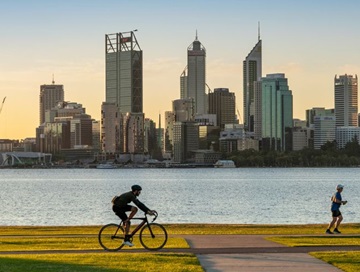You can’t see it or smell it, but exposure to carbon monoxide in your home can be extremely dangerous.
Without being able to see or smell this gas, it can be difficult to recognise if you or your family are exposed. To ensure your household is protected, it’s important to be alert to the risks, symptoms and prevention of carbon monoxide poisoning.
What are the symptoms of carbon monoxide poisoning?
Carbon monoxide is a potentially deadly, poisonous gas, that is colourless, odourless and tasteless making it quite difficult to identify. It is commonly caused by faulty or misused gas appliances.
Symptoms from exposure to low levels of carbon monoxide include;
- headaches
- weakness
- fatigue
- nausea
Symptoms of a higher level of exposure can include;
- severe headaches
- dizziness
- rapid or irregular heartbeats
- vomiting
- seizures
- collapsing
If you feel you have been exposed to carbon monoxide, speak to a medical professional immediately.
How to prevent carbon monoxide poisoning in the home
There are numerous ways to protect your family and prevent carbon monoxide poisoning in your home.
The Department of Commerce recommends the following tips to prevent exposure to poisonous carbon monoxide levels:
- Make sure your gas appliances are checked and serviced regularly by a licensed gas fitter or service agent.
- Ensure your gas appliances are clean and dust free and that the area you use the appliance in is well ventilated.
- Never use outdoor appliances, like barbecues, inside.
- If you have café blinds, they should be up to ensure adequate ventilation when using outdoor gas appliances.
- Do not run numerous high volume exhaust fans at the same time as flued gas appliances unless checked and approved by a licensed gas fitter.
- Never use gas appliances or modify them for purposes other than what they are originally intended for.
If you have concerns about the gas appliances in your home, be sure to have them assessed by a professional as soon as possible.



.tmb-rcarousel.jpg?sfvrsn=25b62630_1)


.tmb-rcarousel.jpg?sfvrsn=3f54521_1)

.tmb-rcarousel.jpg?sfvrsn=c6c3d87a_1)

